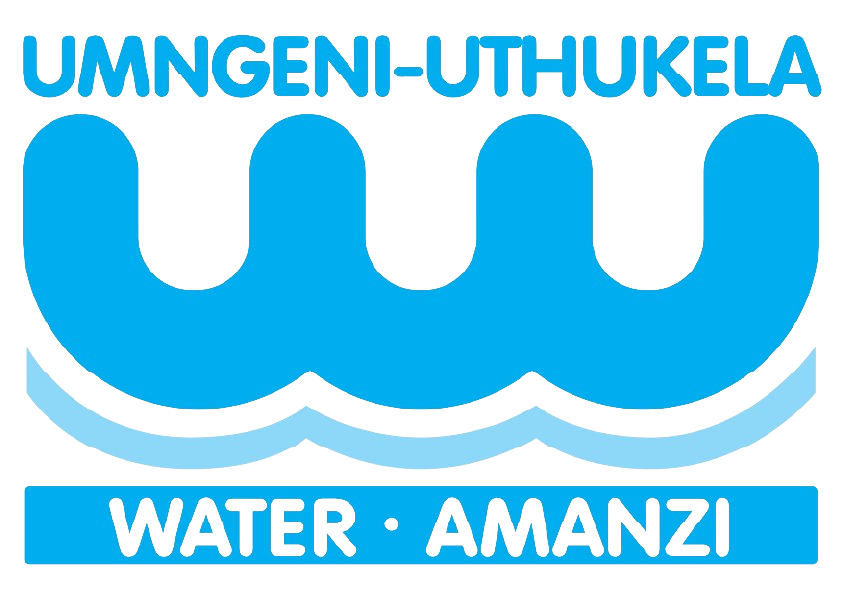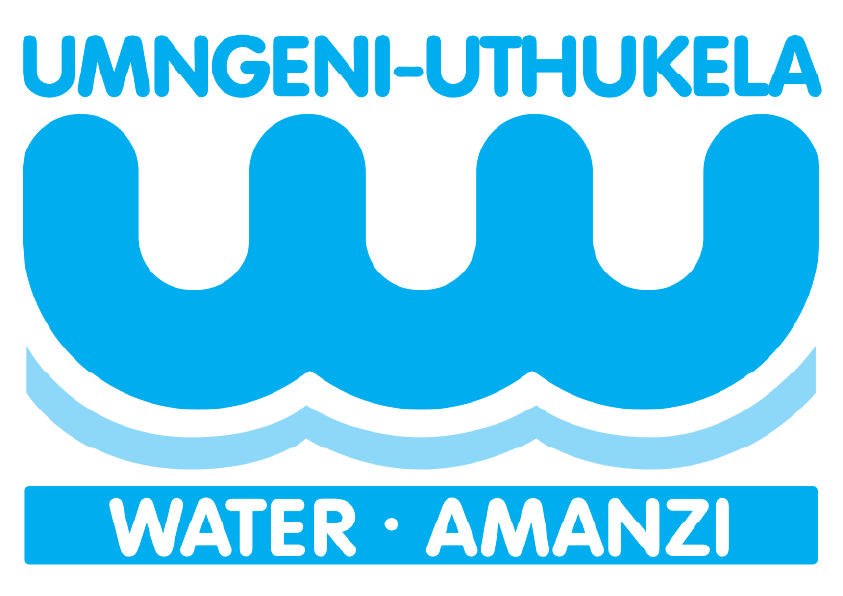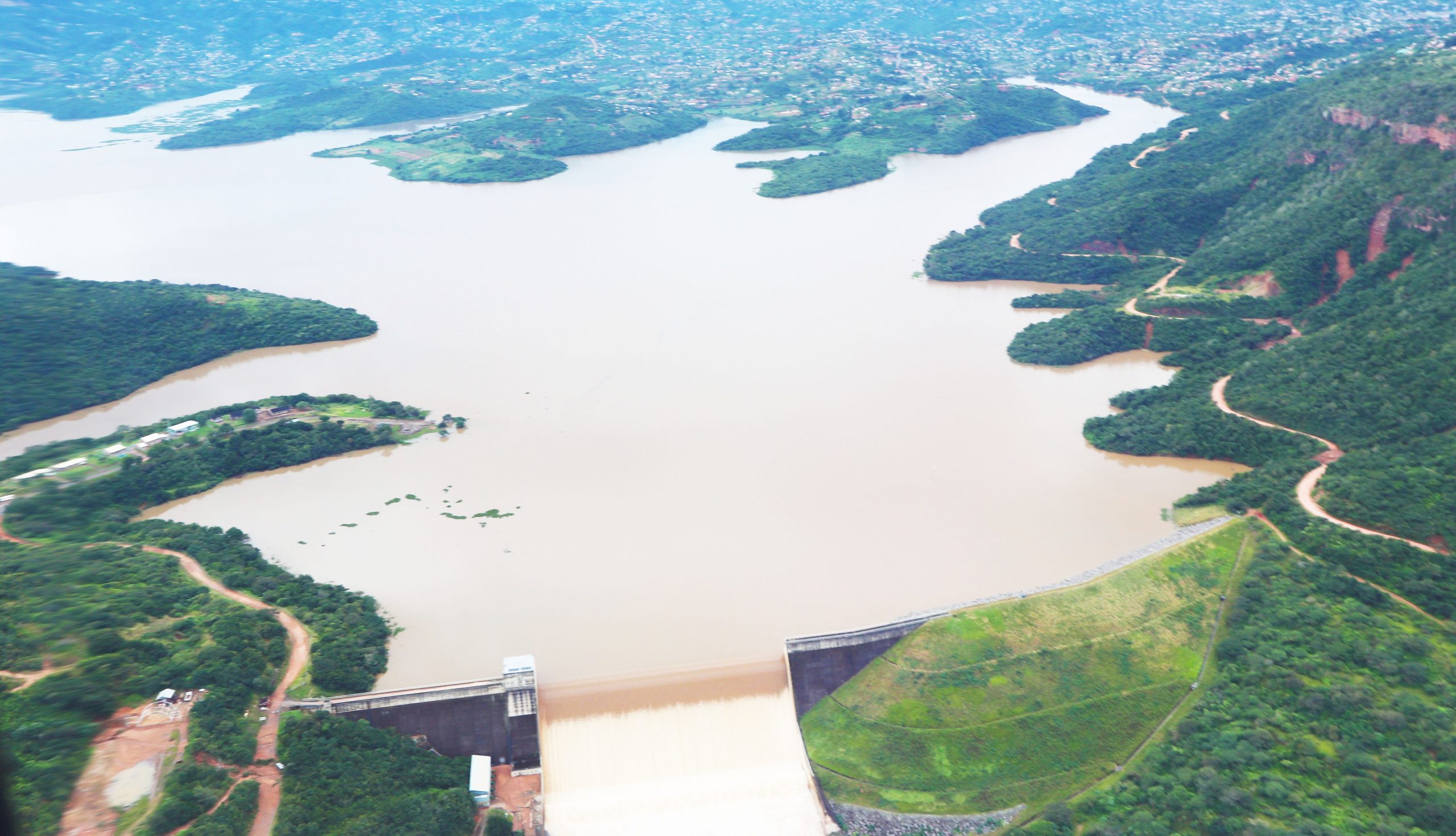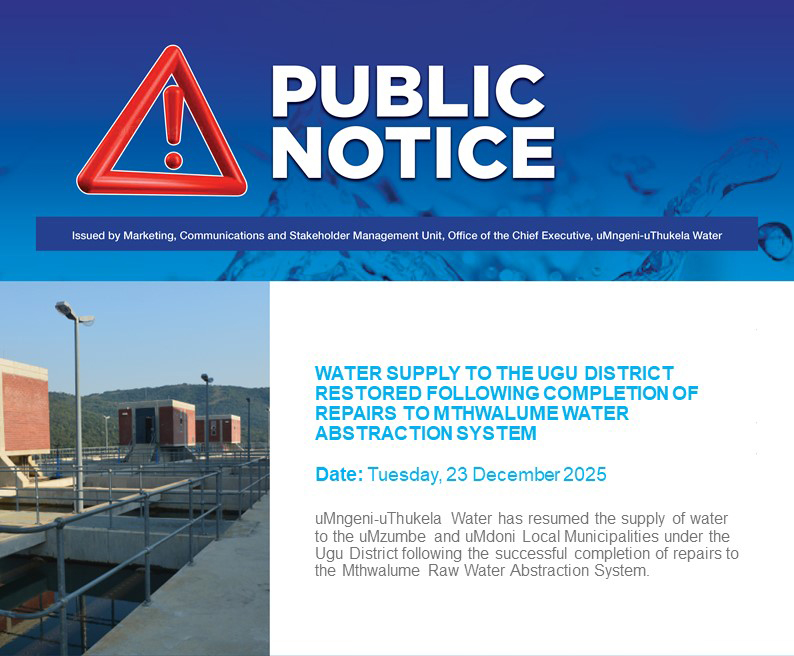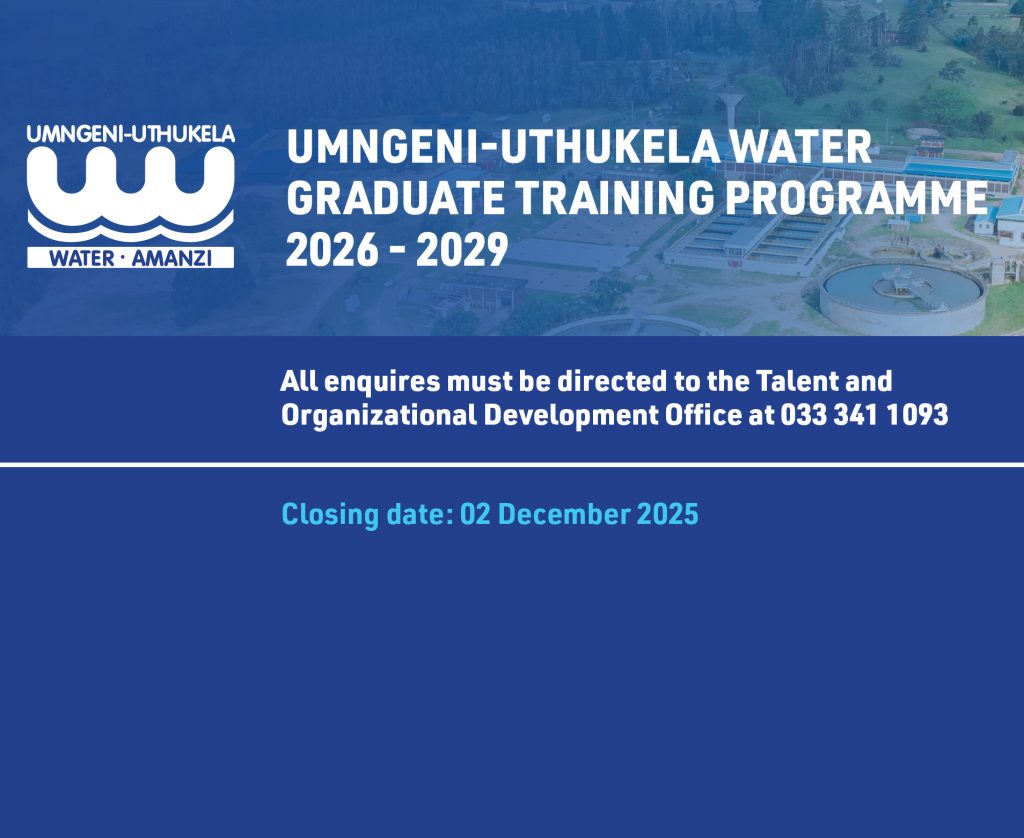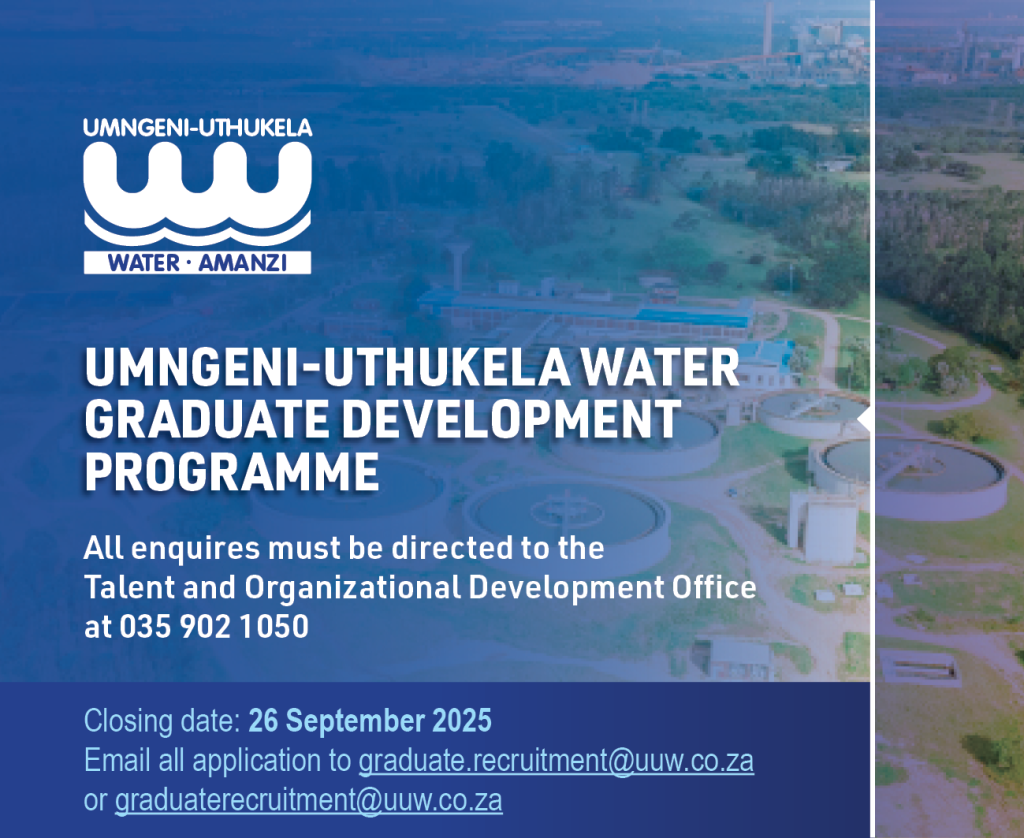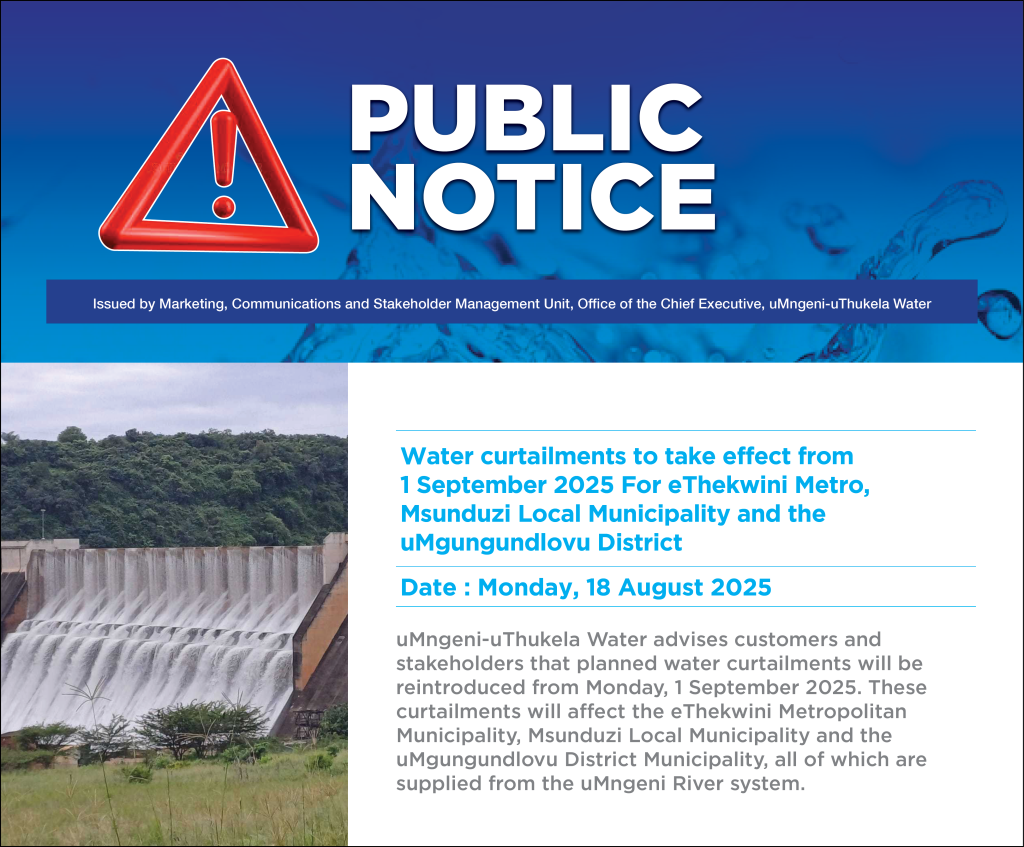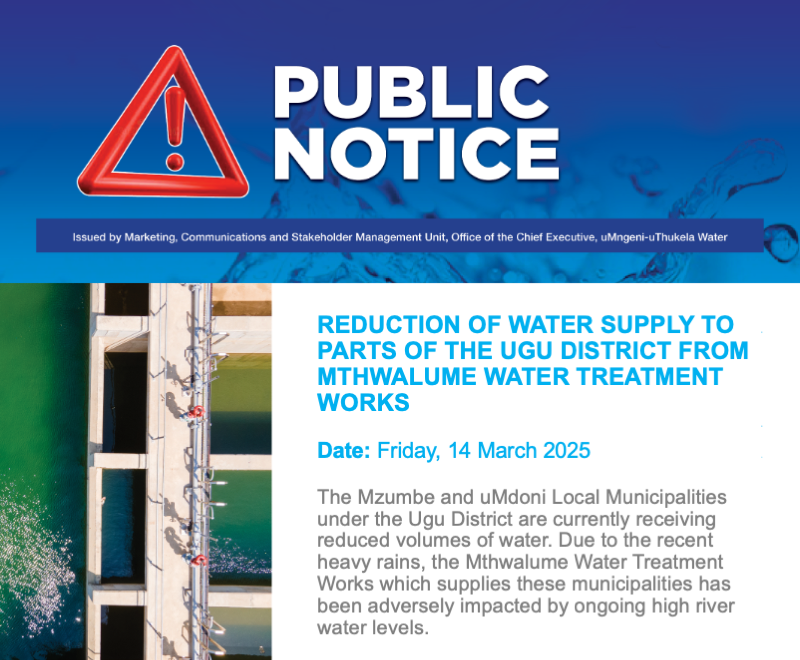[vc_row][vc_column][vc_column_text][/vc_column_text][/vc_column][/vc_row][vc_row][vc_column][vc_column_text]
Thursday, 28 April 2022
The supply chain management process for a service provider to go on site to conduct a comprehensive assessment of aqueducts 1 and 2, which were damaged during the floods of 8-12 April 2022, has been completed. The assessment is expected to be done over three days, after which detailed costings will be provided to uMngeni-uThukela Water and then followed by the issue of a letter of appointment for work to begin.
The service provider’s assessment report will indicate the extent of damage to these pipes, the cost of restoration to full use and the projected duration of work that will have to be done. Soon after the torrential rains, staff of uMngeni-uThukela Water conducted a preliminary assessment from a chartered helicopter and by foot as they walked the lines to inspect the state of the pipes.
Aqueduct 1 and Aqueduct 2, together with Aqueduct 3 and Aqueduct 4, convey raw water from Nagle Dam to the Durban Heights Water Works in Reservoir Hills, Durban, for treatment and supply as potable (drinking) water to eThekwini Water and Sanitation, the entity of eThekwini Metro that is responsible for provision of water to consumers.
In the heavy rains that accompanied the storms of 8-12 April 2022, a rock fall occurred in Wushini, Inanda, resulting in the pipes breaking and dislodging during the downpours. They have since been temporarily decommissioned. This resulted in a situation in which a deficit of raw water supply to the Durban Heights Water Works has occurred.
In other developments, on Monday, 25 April 2022, members of the Board of uMngeni-uThukela Water visited Wushini, Inanda, where they engaged with the local leadership and communities. Communities in some parts of Inanda, including Wushini, were badly affected by the rains and subsequent damage.
The engagement with some members of Inanda communities and the local leadership took place at the Wushini Arts Centre. There was a formal programme and the Chairperson of the Board of uMngeni-uThukela Water, Ms Gabsie Mathenjwa, addressed the local communities and the leadership. As solidarity with affected members of local communities who lost all their possessions in the floods, grocery parcels were given to them.
Various initiatives are under consideration or being undertaken by uMngeni-uThukela Water to assist the local communities rebuild their lives. In the KwaNgcolosi area, uMngeni-uThukela Water is providing psychological support to affected families to try to manage the trauma caused by loss of loved ones,
possessions and property. In conjunction with the police, assistance will also be available in the continuing search for missing persons.
Below is a synopsis of progress to date on water services provision following the devastating floods.
Durban Heights Water Works
- Pre-storm of 8-12 April 2022
1.1The contracted amount of potable water uMngeni-uThukela Water has to supply to eThekwini Water and Sanitation from the Durban Heights WW is: 540 megalitres per day (million litres per day);
1.2. When the full impact of floods was felt on 13 April 2022, supply to eThekwini Water and Sanitation fell to 380 megalitres per day;
1.3 At that time, this had created an average potable water deficit of 160 megalitres per day. This deficit has since begun reducing;
1.4 Durban Heights WW supplies north, south, central and inner west regions of Durban through the reticulation infrastructure of eThekwini Water and Sanitation;
1.5 By Sunday, 24 April 2022, transfer of more water through aqueducts 3 and 4 and pumping from Inanda Dam using two shaft pumps increased raw water supply and potable water outflow to eThekwini Water and Sanitation, on average, to 430 megalitres;
1.6 On Monday, 25 April 2022, the third shaft pump was brought into use following successful commissioning. On average, the total amount of raw water that is currently being supplied to the plant is 510 megalitres. The three shaft pumps are collectively contributing 150 megalitres per day to the 510 megalitres daily raw water inflow;
1.7 The amount of potable that is currently being supplied daily to eThewini Water and Sanitation amounts to, on average, 490 megalitres, which is 50 megalitre less than the contracted amount;
1.8 The objective is to gradually increase inflow to 560 megalitres so that, on average, 540 megalitres of potable water are produced. At this stage, the options available are increased volumes through Aqueduct 3 and Aqueduct 4 (from Nagle Dam) and supported by additional pumping from Inanda Dam (three shaft pumps). This has to be approached with caution due to risk of stress, and
1.9 It must be noted that in the storms, reticulation infrastructure of eThekwini Metro was also damaged
- Quick positive outcomes through implementation of remedial actions
2.1 Three (3) of the four (4) shaft pumps that supply water from Inanda Dam to Durban Heights WW as an emergency have been brought into use;
2.2 uMngeni-uThukela Water is assisting its customer (eThekwini Metro) with funding for water tankers. In-house engineers and scientist are available to assist in assessment and restoration work within the reticulation networks. Filling points for water tankers have also been made available, and
2.4 Potable water production at and supply from the Wiggins WW in Durban, which is connected the Durban Heights system, has not been affected and remains normal.
- Hazelmere Water Treatment Works
Pre-storm damage
3.1 This plant was supplying, on average, 75 megalitres per day
The aftermath of storm damage
3.2 Initially and specifically the previous week, after the torrential rains, high levels of turbidity impacted on treatment of water. Water is drawn from Hazelmere Dam;
3.3 At the height of the crisis, the plant was producing 20 megalitres-25 megalitres and sometimes peaking at 30 megalitres, and
3.4 At one stage, turbidity reached such high levels that production of potable water had to be stopped for at least 48 hours. If production continued under these conditions, there was risk of non-compliance with SANS 24: 2015 requirements for drinking water quality.
- Recovery and restoration
4.1 Production of potable water has since increased at the Hazelmere WTP and progress has been made towards achieving volumes of 70-75 megalitres per day;
4.2 At this stage, the plant is producing, on average, 90% of daily demand from iLembe DM, Siza Water and eThekwini Metro;
4.3 This plant supplies five (5) systems and the bulk storage reservoirs are between 49% and 100%. The supply areas are Verulam, Waterloo, Sea Tides, La Mercy, Ballito, Ndwedwe and Groutville.
4.5 This is a marked improvement from production a week ago.
Issued by the Corporate Stakeholder Management Unit Office of the Chief Executive, uMngeni-uThukela Water
[/vc_column_text][/vc_column][/vc_row][vc_row][vc_column][vc_btn title=”Download Document” color=”primary” link=”url:https%3A%2F%2Fwww.umngeni-uthukela.co.za%2Fwp-content%2Fuploads%2F2022%2F04%2FProgress-to-date-on-Infrastructure-Restoration-and-Improvement-in-Water-.pdf”][vc_column_text]
[/vc_column_text][/vc_column][/vc_row]
